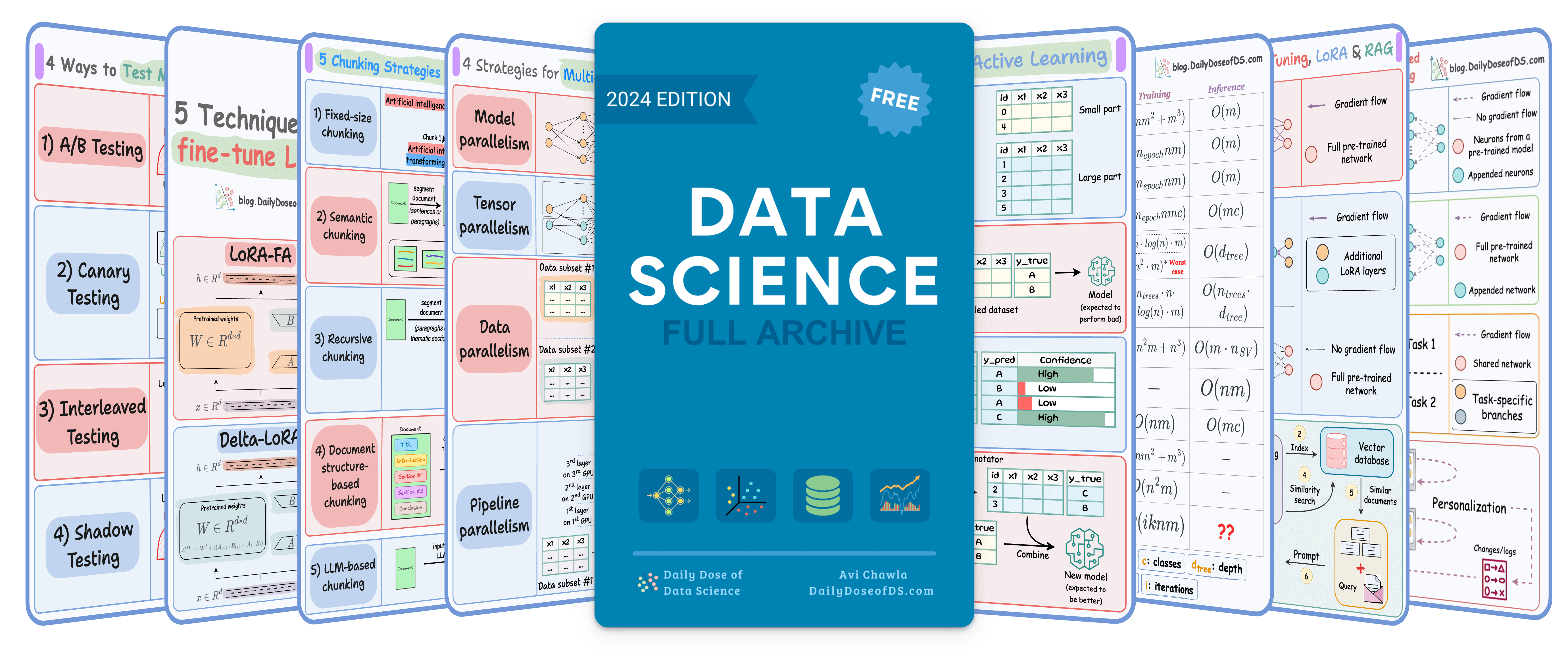

TODAY'S ISSUE
TODAY’S DAILY DOSE OF DATA SCIENCE
11 Most Important DS Plots
This visual depicts the 11 most important and must-know plots in DS:
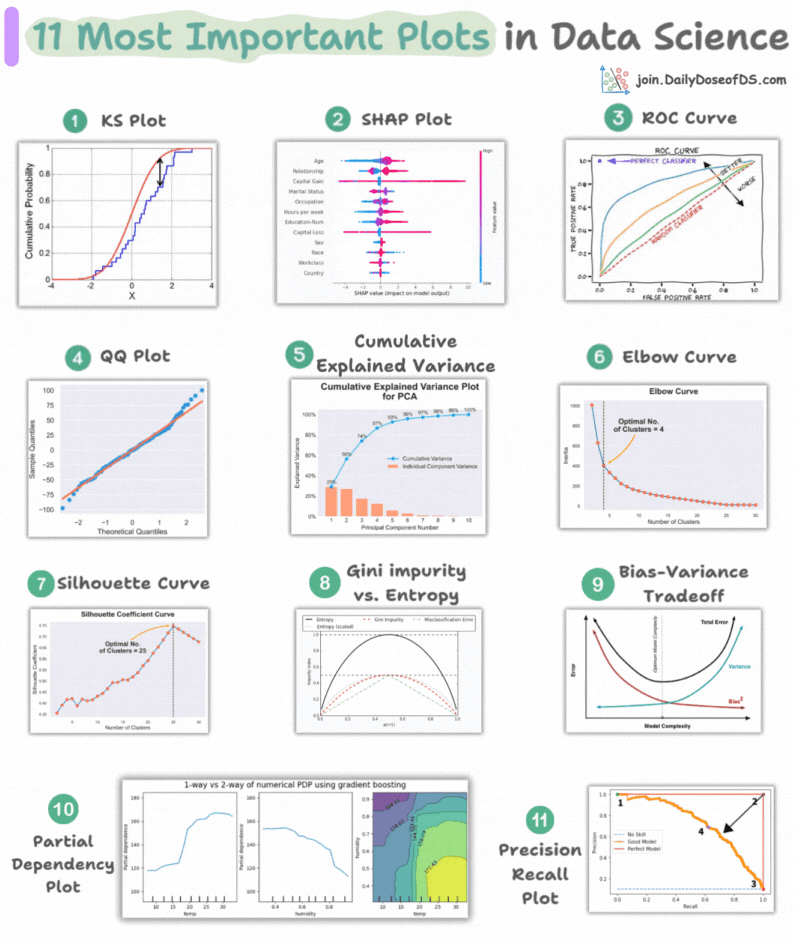 |
Today, let’s understand them briefly and how they are used.
1) KS Plot:
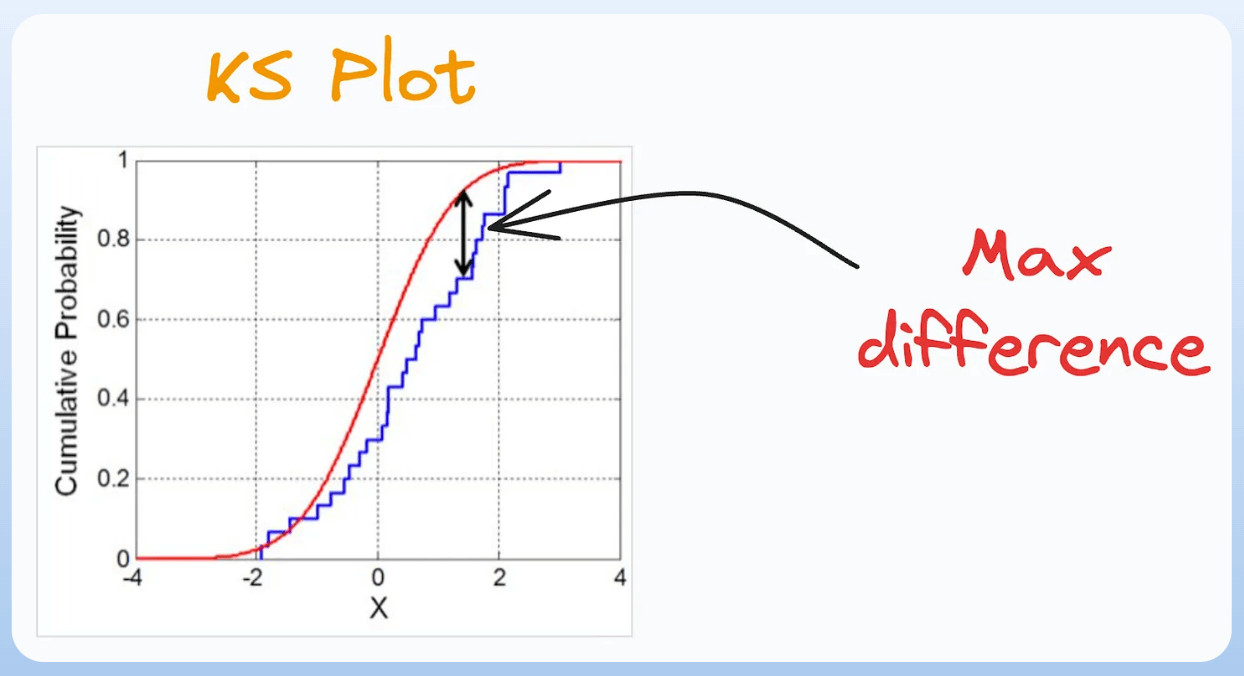 |
- It is used to assess the distributional differences.
- The idea is to measure the maximum distance between the cumulative distribution functions (CDF) of two distributions.
- The lower the maximum distance, the more likely they belong to the same distribution.
2) SHAP Plot:
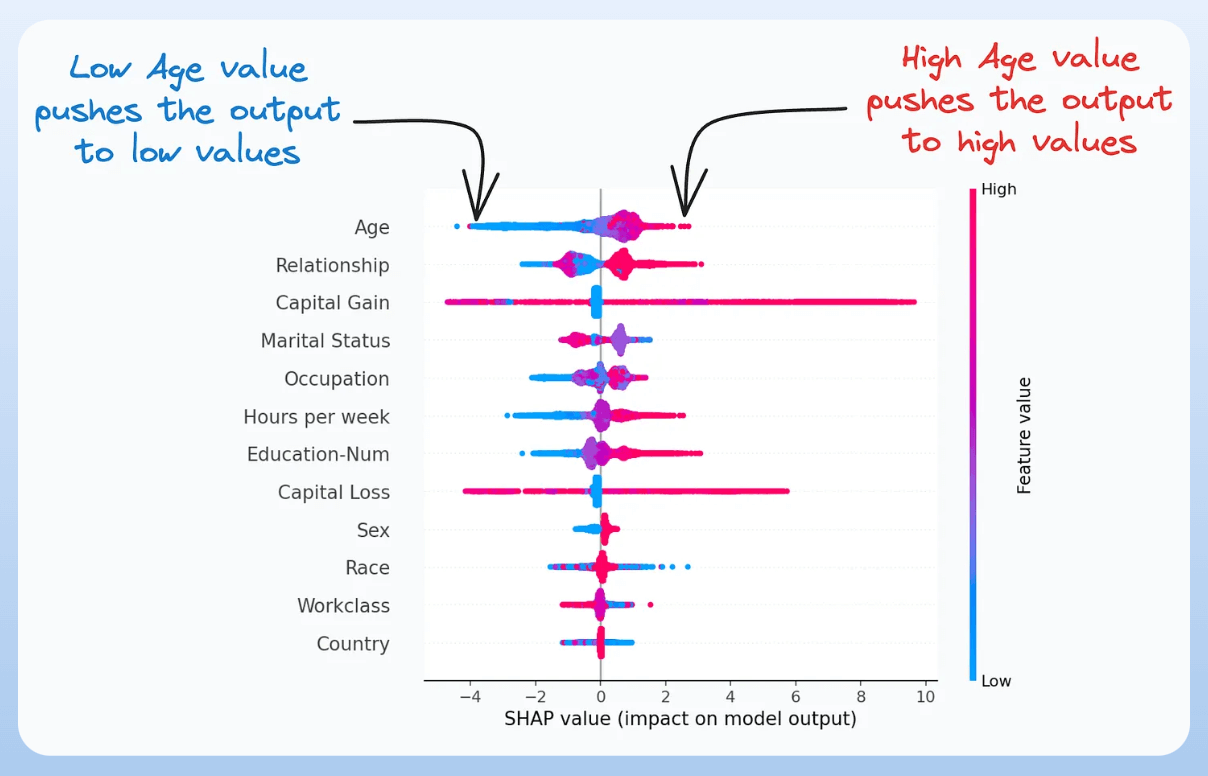 |
- It summarizes feature importance to a model’s predictions by considering interactions/dependencies between them.
- It is useful in determining how different values (low or high) of a feature affect the overall output.
- We covered model interpretability extensively in our 3-part crash course. Start here: A Crash Course on Model Interpretability →
3) ROC Curve:
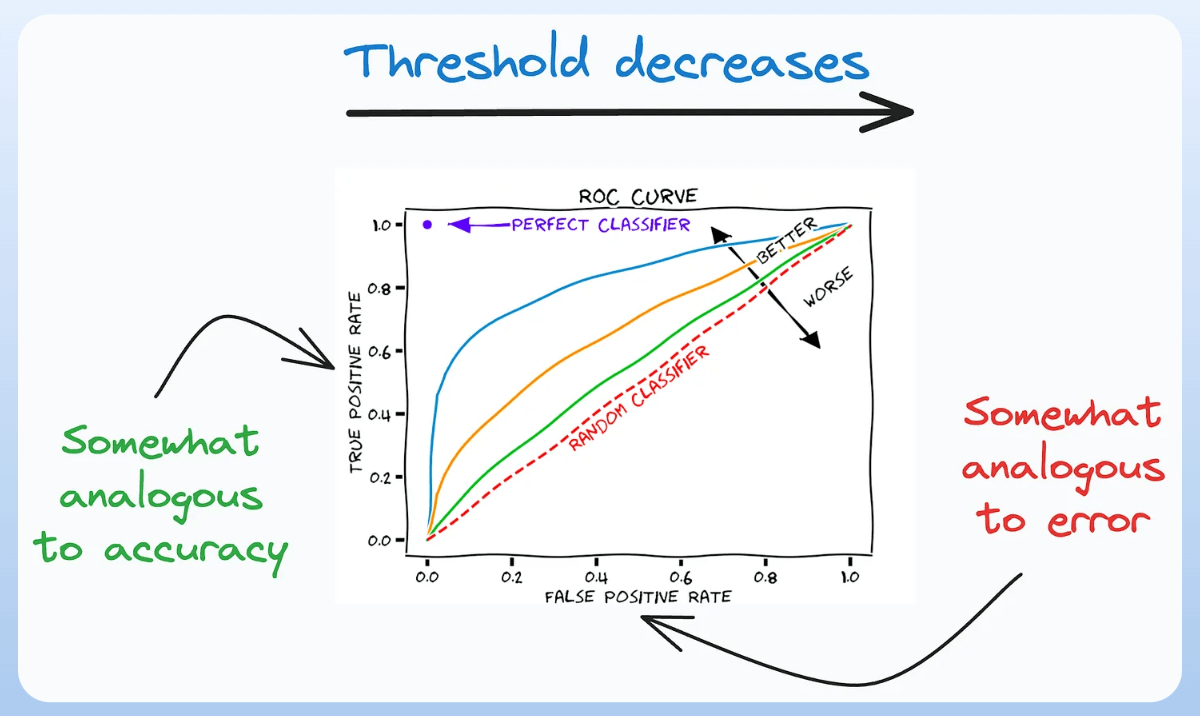 |
- It depicts the tradeoff between the true positive rate (good performance) and the false positive rate (bad performance) across different classification thresholds.
- The idea is to balance TPR (good performance) vs. FPR (bad performance).
4) Precision-Recall Curve:
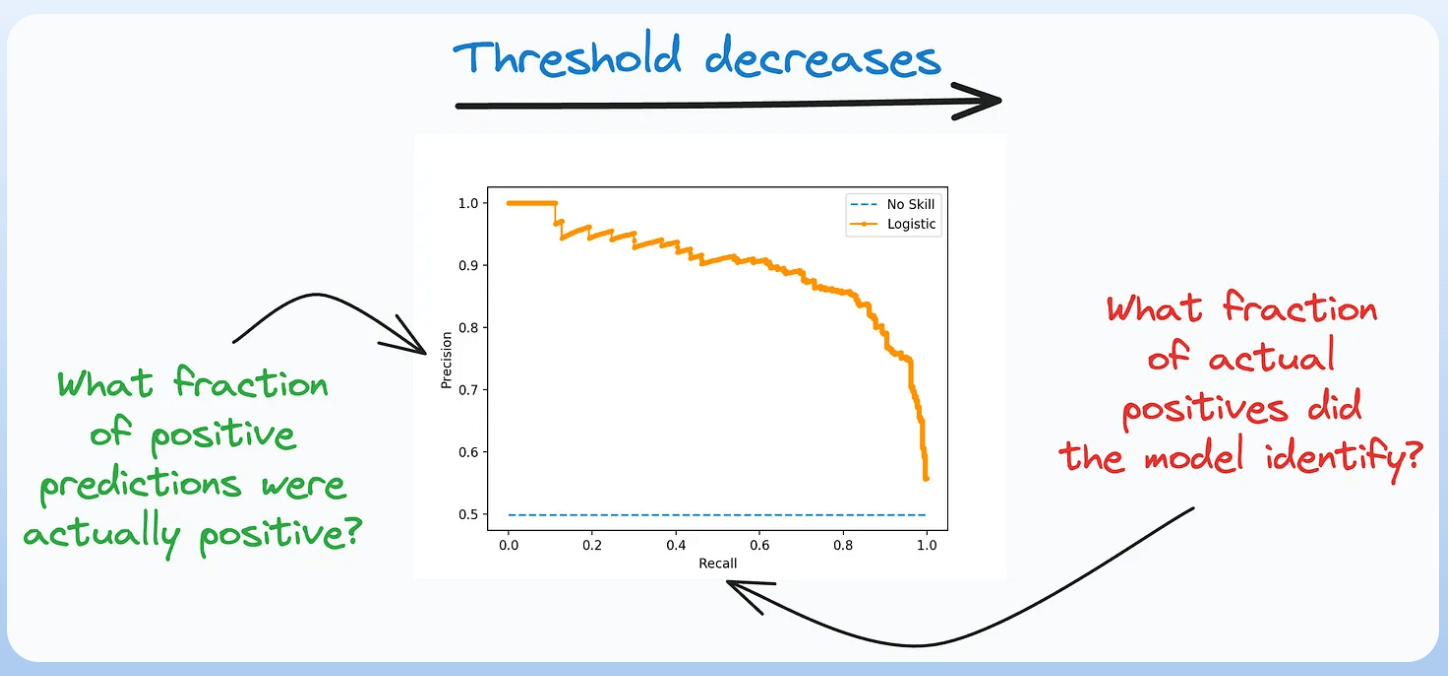 |
- It depicts the tradeoff between Precision and Recall across different classification thresholds.
5) QQ Plot:
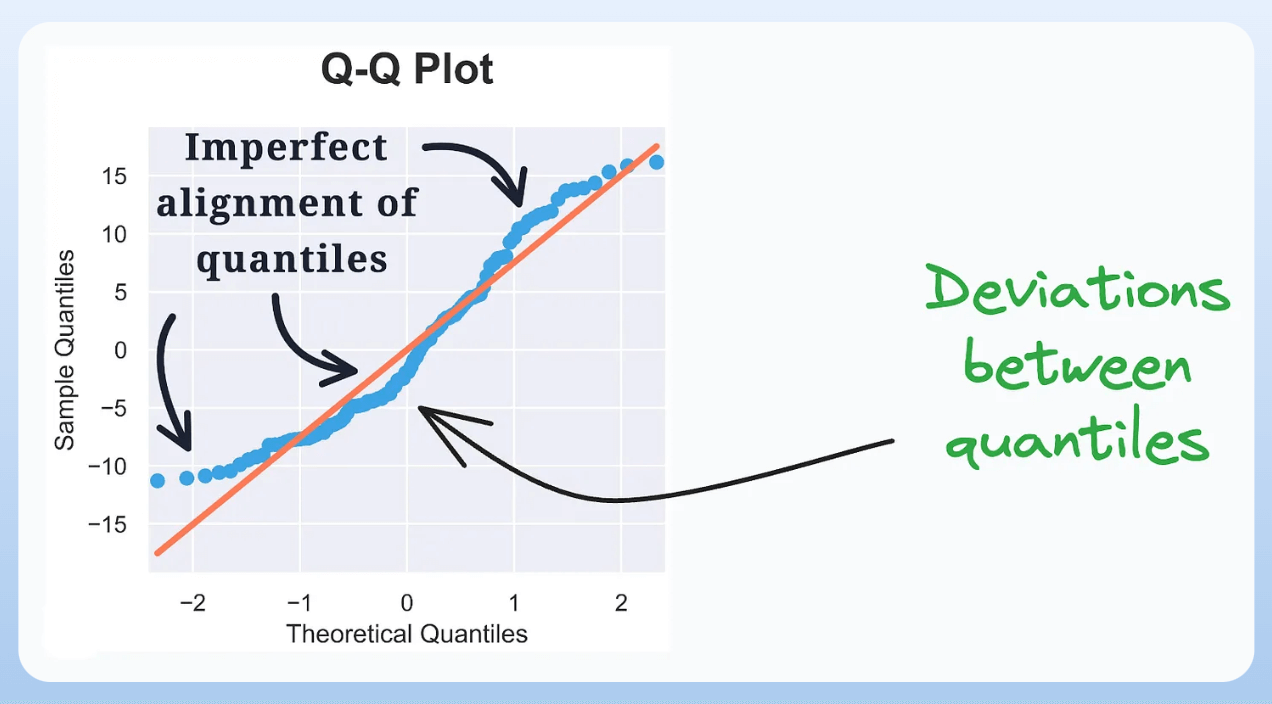 |
- It assesses the distributional similarity between observed data and theoretical distribution.
- It plots the quantiles of the two distributions against each other.
- Deviations from the straight line indicate a departure from the assumed distribution.
6) Cumulative Explained Variance Plot:
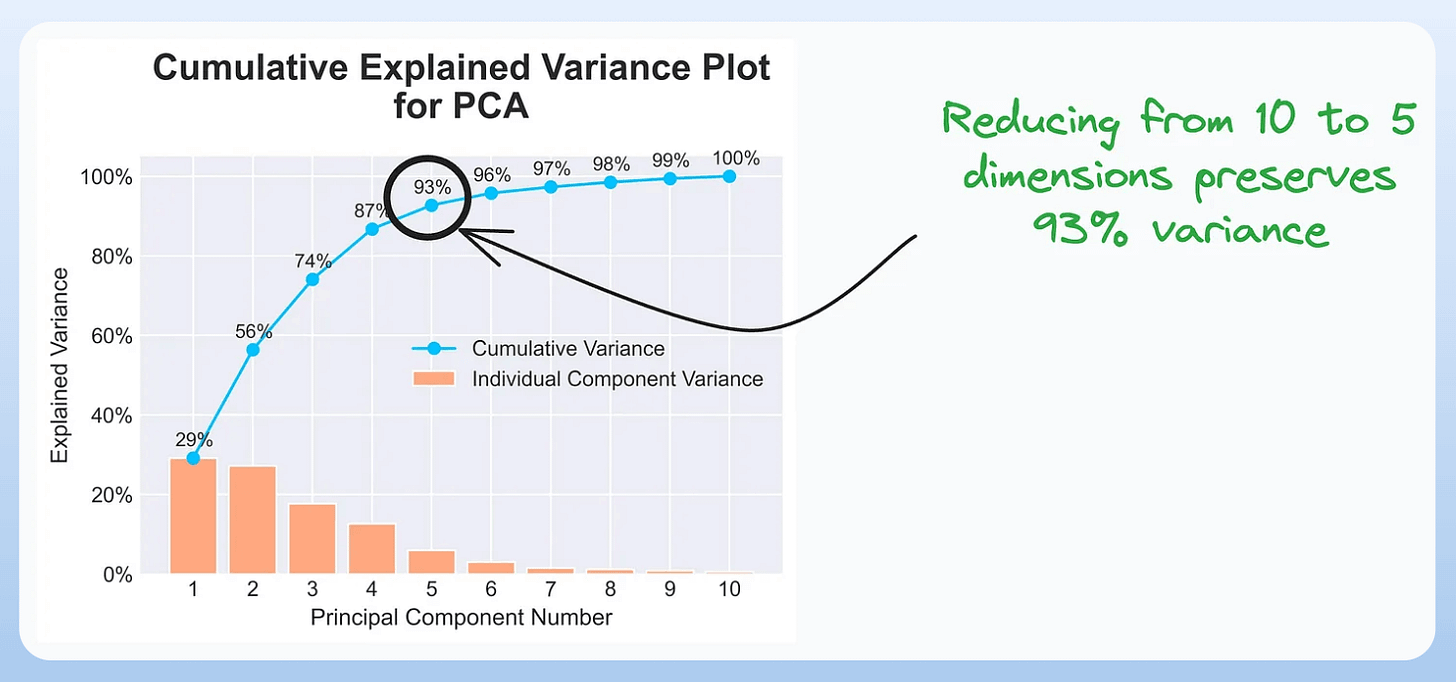 |
- It is useful in determining the number of dimensions we can reduce our data to while preserving max variance during PCA.
- Read the full article on PCA here for more clarity: Formulating the Principal Component Analysis (PCA) Algorithm From Scratch.
7) Elbow Curve:
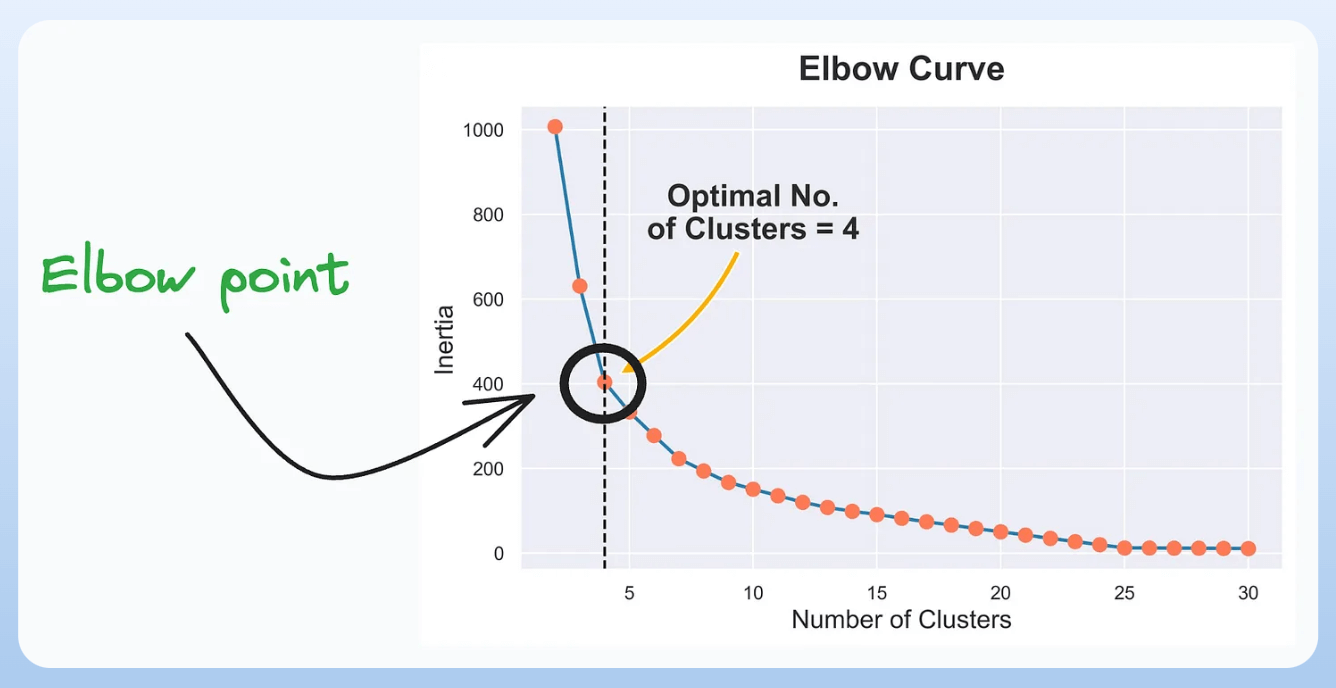 |
- The plot helps identify the optimal number of clusters for the k-means algorithm.
- The point of the elbow depicts the ideal number of clusters.
8) Silhouette Curve:
 |
- The Elbow curve is often ineffective when you have plenty of clusters.
- Silhouette Curve is a better alternative, as depicted above.
9) Gini-Impurity and Entropy:
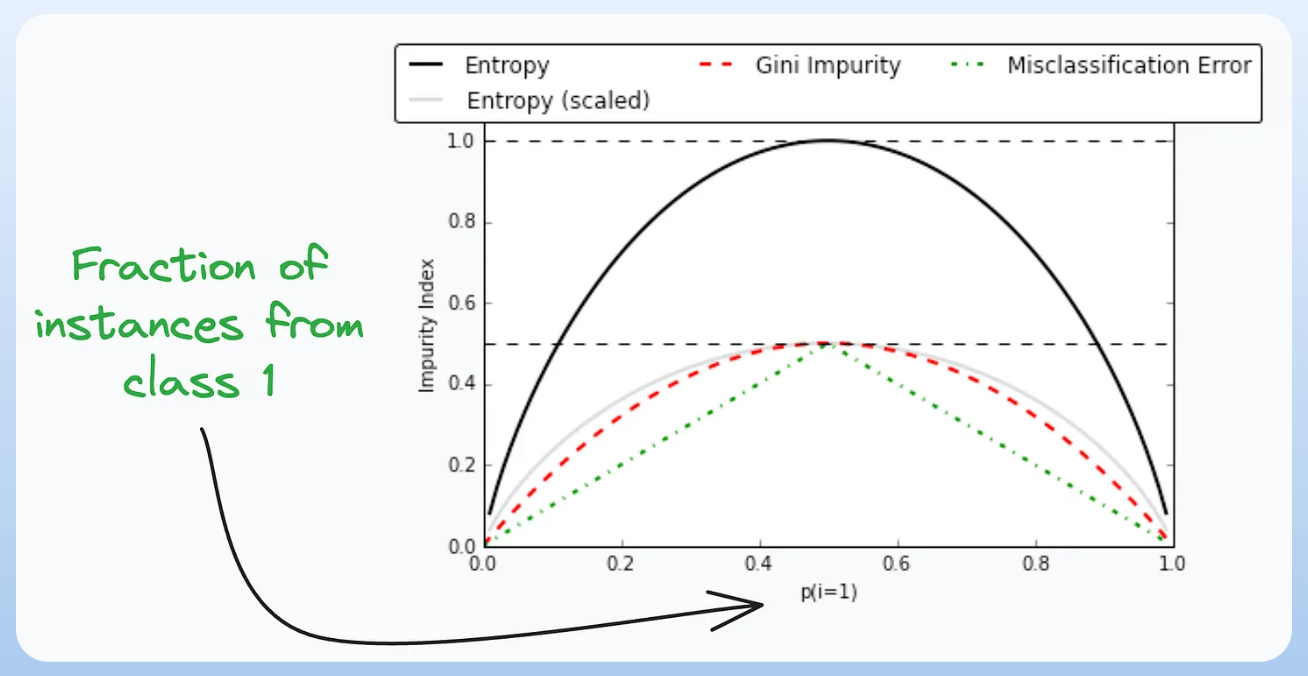 |
- They are used to measure the impurity or disorder of a node or split in a decision tree.
- The plot compares Gini impurity and Entropy across different splits.
- This provides insights into the tradeoff between these measures.
10) Bias-Variance Tradeoff:
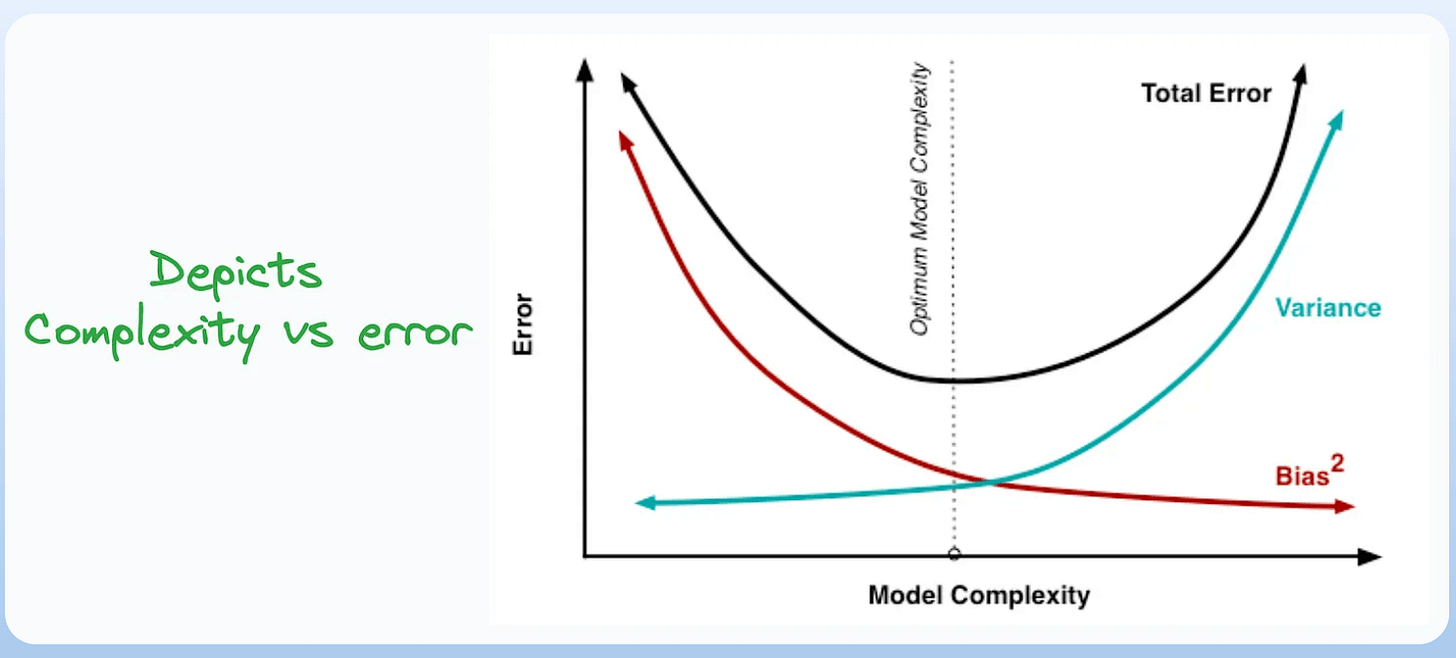 |
- It’s probably the most popular plot on this list.
- It is used to find the right balance between the bias and the variance of a model against complexity.
11) Partial Dependency Plots:
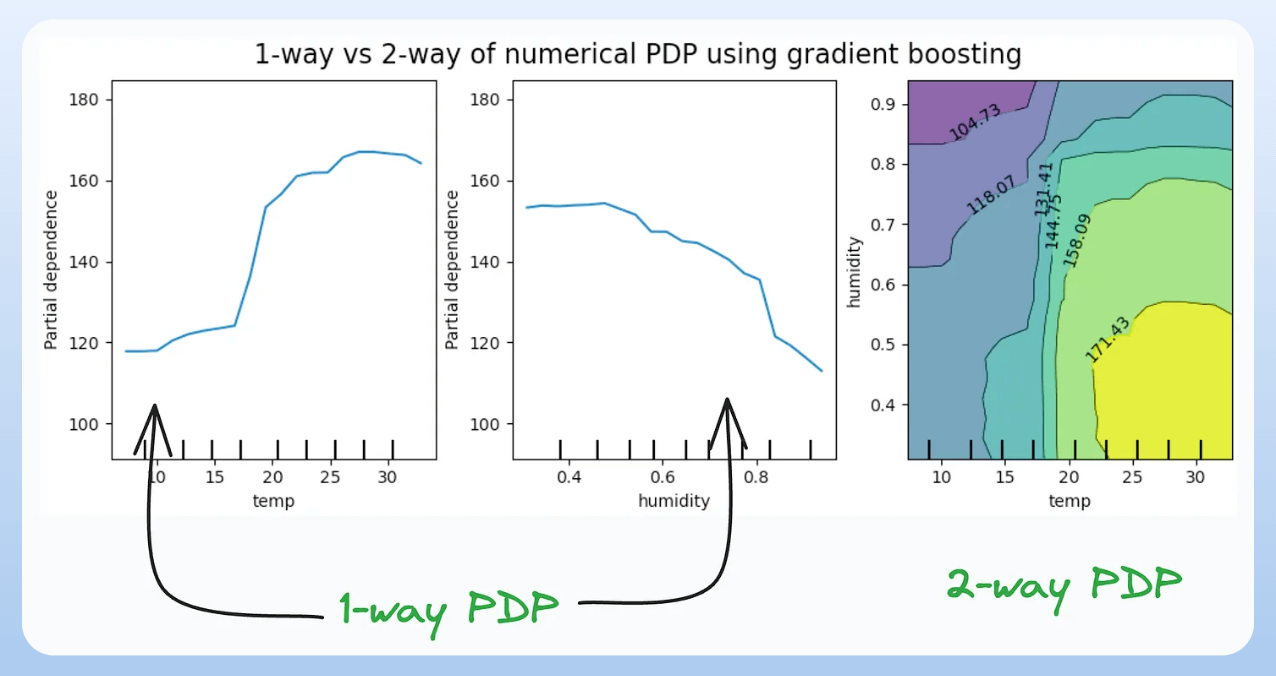 |
- Depicts the dependence between target and features.
- A plot between the target and one feature forms → 1-way PDP.
- A plot between the target and two feature forms → 2-way PDP.
- In the leftmost plot, an increase in temperature generally results in a higher target value.
- We covered model interpretability extensively in our 3-part crash course. Start here: A Crash Course on Model Interpretability →
👉 Over to you: Which important plots have I missed here?
Thanks for reading!
FAster hyperparmater search
Beyond grid and random search
There are many issues with Grid search and random search.
- They are computationally expensive due to exhaustive search.
- The search is restricted to the specified hyperparameter range. But what if the ideal hyperparameter exists outside that range?
- They can ONLY perform discrete searches, even if the hyperparameter is continuous.
Bayesian optimization solves this.
It’s fast, informed, and performant, as depicted below:

Learning about optimized hyperparameter tuning and utilizing it will be extremely helpful to you if you wish to build large ML models quickly.
TRUSTWORTHY ML
Build confidence in model's predictions with conformal predictions
Conformal prediction has gained quite traction in recent years, which is evident from the Google trends results:
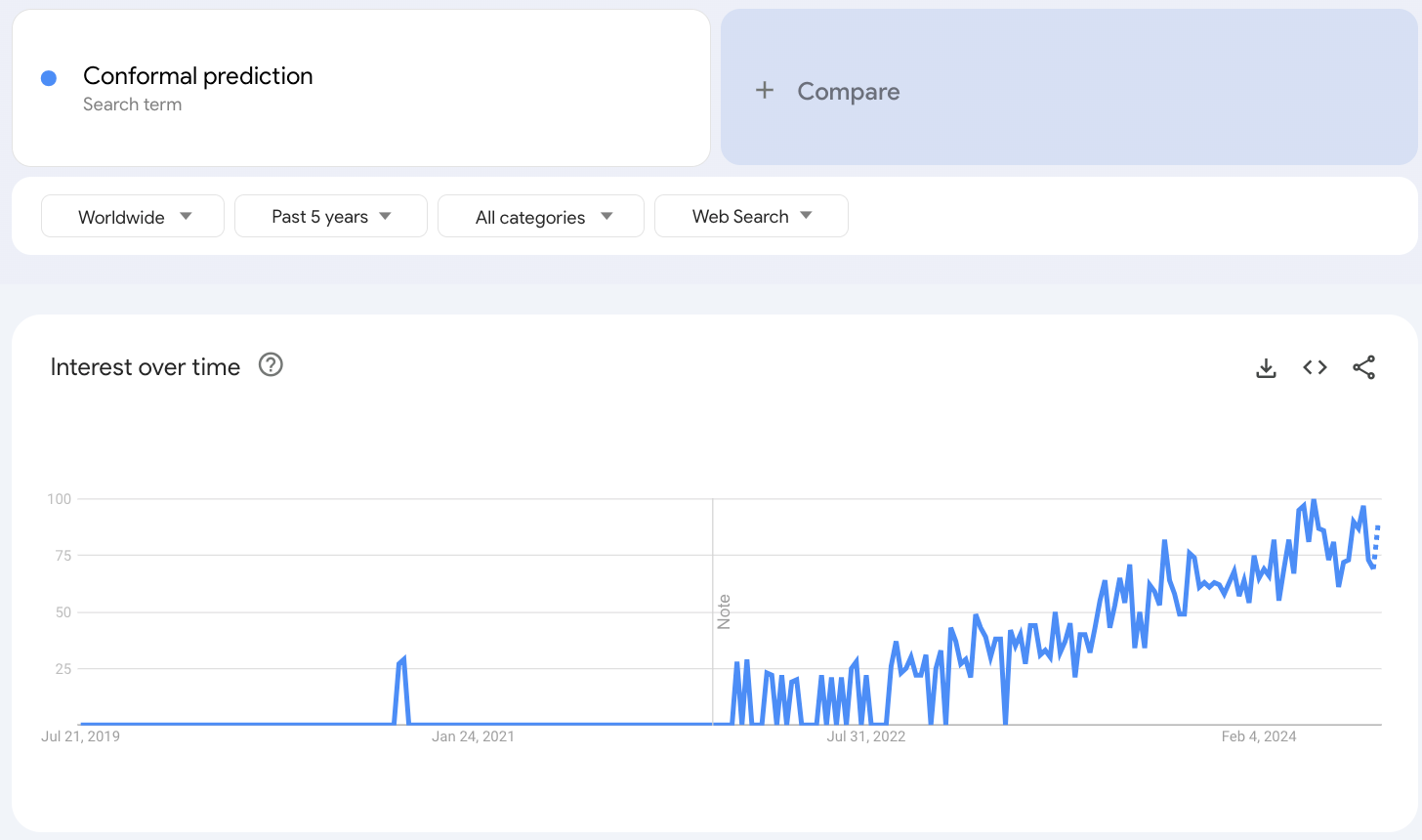
The reason is quite obvious.
ML models are becoming increasingly democratized lately. However, not everyone can inspect its predictions, like doctors or financial professionals.
Thus, it is the responsibility of the ML team to provide a handy (and layman-oriented) way to communicate the risk with the prediction.
For instance, if you are a doctor and you get this MRI, an output from the model that suggests that the person is normal and doesn’t need any treatment is likely pretty useless to you.

This is because a doctor's job is to do a differential diagnosis. Thus, what they really care about is knowing if there's a 10% percent chance that that person has cancer or 80%, based on that MRI.
Conformal predictions solve this problem.
A somewhat tricky thing about conformal prediction is that it requires a slight shift in making decisions based on model outputs.
Nonetheless, this field is definitely something I would recommend keeping an eye on, no matter where you are in your ML career.
Learn how to practically leverage conformal predictions in your model →useless
THAT'S A WRAP
No-Fluff Industry ML resources to
Succeed in DS/ML roles

At the end of the day, all businesses care about impact. That’s it!
- Can you reduce costs?
- Drive revenue?
- Can you scale ML models?
- Predict trends before they happen?
We have discussed several other topics (with implementations) in the past that align with such topics.
Here are some of them:
- Learn sophisticated graph architectures and how to train them on graph data in this crash course.
- So many real-world NLP systems rely on pairwise context scoring. Learn scalable approaches here.
- Run large models on small devices using Quantization techniques.
- Learn how to generate prediction intervals or sets with strong statistical guarantees for increasing trust using Conformal Predictions.
- Learn how to identify causal relationships and answer business questions using causal inference in this crash course.
- Learn how to scale and implement ML model training in this practical guide.
- Learn 5 techniques with implementation to reliably test ML models in production.
- Learn how to build and implement privacy-first ML systems using Federated Learning.
- Learn 6 techniques with implementation to compress ML models.
All these resources will help you cultivate key skills that businesses and companies care about the most.
SPONSOR US
Advertise to 600k+ data professionals
Our newsletter puts your products and services directly in front of an audience that matters — thousands of leaders, senior data scientists, machine learning engineers, data analysts, etc., around the world.






